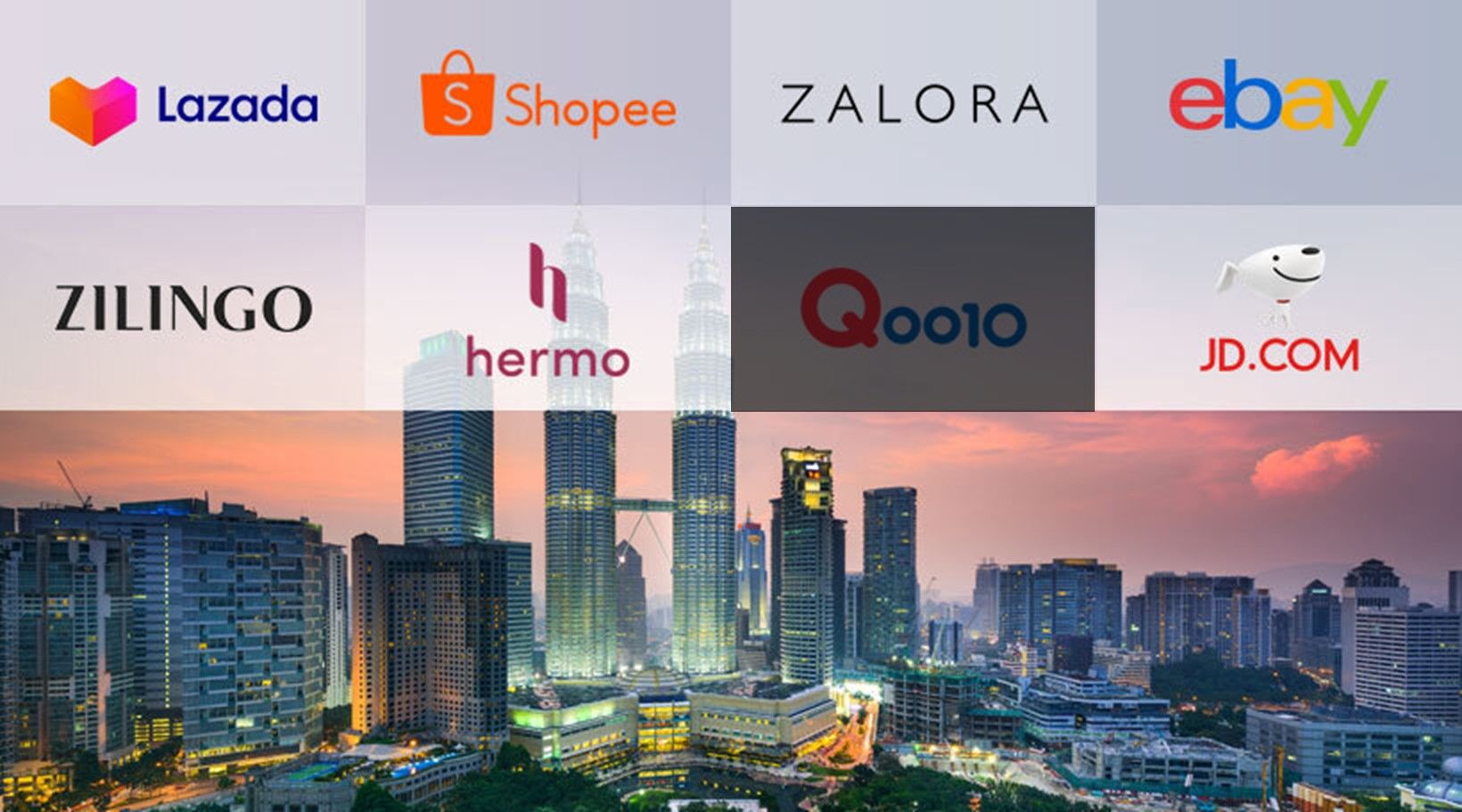Despite its early successes, Qoo10 eventually struggled to keep up in an increasingly competitive market. The reasons behind its closure reflect broader challenges that all e-commerce players face today.
The Rise of Big Competitors: Platforms like Lazada, Shopee, and Amazon poured vast resources into capturing market share. Flash sales, aggressive discounting, and cashback promotions became the norm. For Qoo10, competing with the sheer financial firepower of these global giants was unsustainable.
Shopee, in particular, emerged as a formidable competitor focusing on mobile-first shopping and localised strategies. Backed by Sea Group, it had the resources to attract sellers and buyers with enticing subsidies. Lazada, backed by Alibaba, leveraged its parent company’s logistical prowess to offer fast delivery and integrated supply chains.
Changing Consumer Expectations: Today’s e-commerce shoppers are not the same as those who were a decade ago. Consumers now expect near-instant gratification, seamless mobile apps, and integrated payment options. Platforms that failed to deliver these were quickly left behind. Qoo10, which had built its reputation on innovative features in the early 2010s, struggled to keep pace with the rapidly evolving demands of modern shoppers.
The Evolution of the E-Commerce Market: In the early days, e-commerce was like the Wild West—a place of untapped potential and opportunity. But as the industry matured, consolidation became the norm. Today, a handful of dominant players control the lion’s share of the market, leaving little room for smaller platforms to thrive. Qoo10’s closure reflects this shift towards a more concentrated, highly competitive landscape.
The Future of E-Commerce: Opportunities Amid Challenges
The closure of Qoo10 isn’t just a story about a business shutting down—it’s also a reflection of how far e-commerce has come. The days of rapid, unchecked growth may be over, but the opportunities for innovation are far from exhausted.
Emerging trends like AI-driven personalisation, live streaming, and hyper-localised shopping experiences are opening up new avenues for businesses to thrive and will present opportunities for smaller players to carve out their space in the industry.



